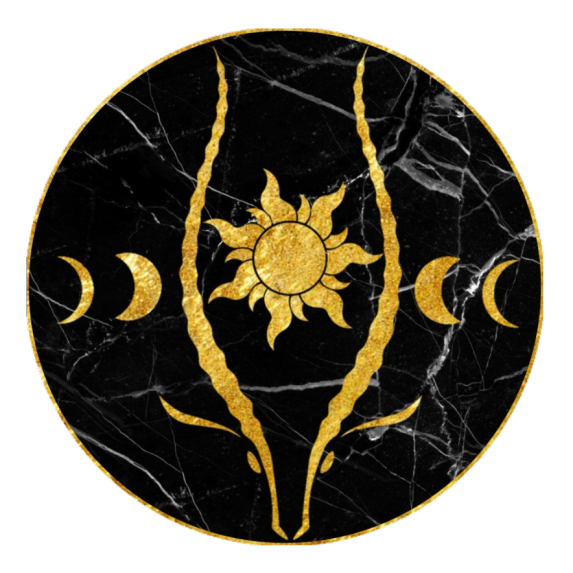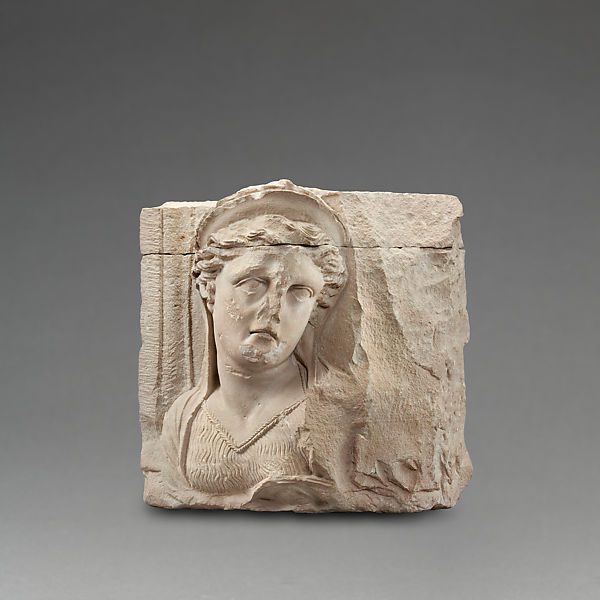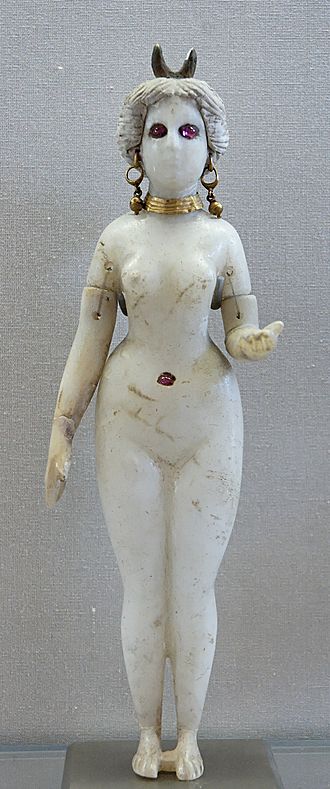- cross-posted to:
- paganism
- cross-posted to:
- paganism
cross-posted from: https://lemmy.ml/post/586429
Alʿuzza is in many ways like Allat. She has the same geographic distribution and She was appropriated by Hellenistic culture in the same way. She even shows up with Allat in South Arabian amulets. Alʿuzza’s name means “the Mighty One.” She was a major goddess in the Nabataean pantheon and She was known as the goddess of Bosra. However, She’s never invoked with Allat in Nabataea. In fact, Alʿuzza isn’t found in Hegra, the Hejazi center of the Nabataeans, while Allat isn’t found in Petra. Alʿuzza was also popular in the Sinai while Allat was not. This lead some scholars to believe that Alʿuzza was originally a title for Allat and later split into a separate deity. Another theory is that Allat was the goddess of the Safaitic-writing Bedouin while Alʿuzza is the goddess of the Nabataeans. Alʿuzza is found in the theophoric names of Safaitic-writing Bedouin but they don’t invoke her in prayers. When the Nabataeans took over the northern Hejaz they adopted Allat, the local goddess, instead of exporting Alʿuzza to the region. Alʿuzza was worshipped in Dedan, however, so Her worship did spread to the Hejaz and even further to South Arabia.
This complexity might be ironed out when looking at Hellenistic syncretism. In bilingual and in Greek sources Allat is associated with Athena/Minerva while Alʿuzza is associated with Aphrodite/Venus. Earrings found in the Nabataean city of Memphis were matched with the imagery of Alʿuzza baetyls which were matched with jewellery of Aphrodite. In the region north of Nabataea Alʿuzza found her counterpart in Aphrodite and even the Egyptian goddess Isis, but there’s no evidence that Hellenization made it to the Arabian peninsula so this association with Aphrodite or Isis may not have reached that far south. However, John of Damascus considered the stone at the Ka’ba to be the head of Aphrodite.
Because of Her association with Aphrodite/Venus some have thought that She was a deified form of the planet Venus. We do have Christian Syriac sources talking about Arabs worshipping Venus in the Sinai where Alʿuzza was popular. Although the cult of Venus might encompass all three goddesses, Allat, Manat and Alʿuzza. The problem with this, however, is that we’d have to mostly rely on non-Arabian and even non-Pagan sources. Inscriptions in Ancient North Arabian and Old South Arabian do not link her to Venus. Turning to the South Arabian pantheon, a pantheon which is largely astral and included Alʿuzza, Venus was represented by the male god ʿAthtar, not by the goddess Alʿuzza, and in pre-Islamic poetry Venus is taken to be masculine. Regardless of any connection to Venus or lack thereof, Alʿuzza was a chief goddess worshipped by many in the Hellenized Levant, Nabataea, Hejaz and in South Arabia. She was syncretized with Aphrodite/Venus which is related to the Mesopotamian Inana/Ishtar and Canaanite Astarte.




